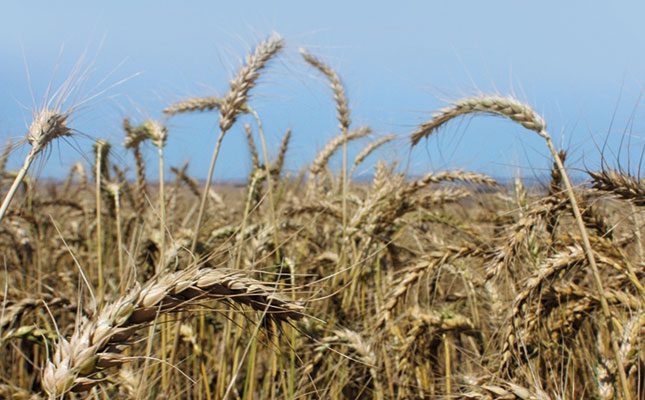
Photo: FW Archive
The past weekend saw several areas in the Western Cape receive rainfall that exceeded 100mm and wind gusts of up to 130km/hour. Vox Weather reported that between Sunday and Monday, 22 rainfall records were broken as a strong cut-off low moved over the Cape provinces.
The Villiersdorp weather station received the highest daily rainfall of 140,6mm followed by Jonkershoek with 133,6mm.
READ Getting flood irrigation right
The widespread impact has meant that fruit, grain and livestock farmers have all been affected. Jannie Strydom, CEO of Agri Western Cape, said that it was too early to quantify the damage, but that it included sheep mortalities and infrastructure damage.
The effect on the grain industry was especially keeping farmers on knife’s edge since the harvest season had only just started.
“The next six weeks will be crucial to determine the success of our grain season. Up until now it was looking very promising, but we don’t know if farmers will be able to get into their fields to harvest.”
Many areas, especially those around Bredasdorp and Struisbaai, were still under water.
“It looks like a flood plain. The water should not take too long to run off, but we can’t say for sure. However, roads and bridges have been damaged, and some roads, like the N2 at Botrivier, remains closed. This has an impact on anyone trying to get products to market or inputs to the farms,” said Strydom.
Sheep farmers in the middle of lambing season had suffered mortalities as lambs have been swept away by the floods. Recently shorn sheep have also died from the cold.
Fruit producers had suffered fewer losses as most of the fruit in the region was not yet ready for harvest. Irrigation systems had, however, been washed away, and some orchards suffered damage as a result of the strong winds.
On a positive note, rivers that had not flowed in decades were now brimming with water. This included the Poortjieskloof and Floriskraal dams.
Strydom advised farmers to review the 100-year flood lines and keep them in consideration. “Those lines are there for a reason.”










